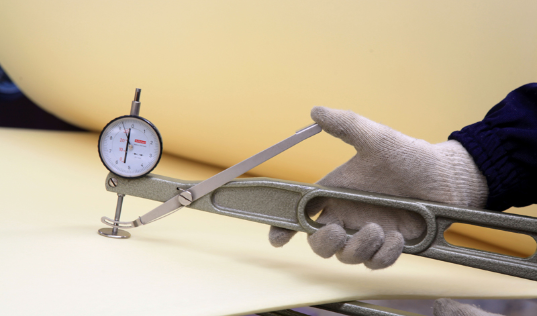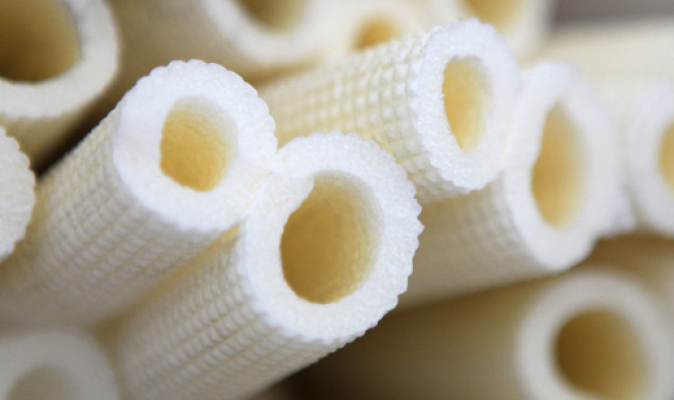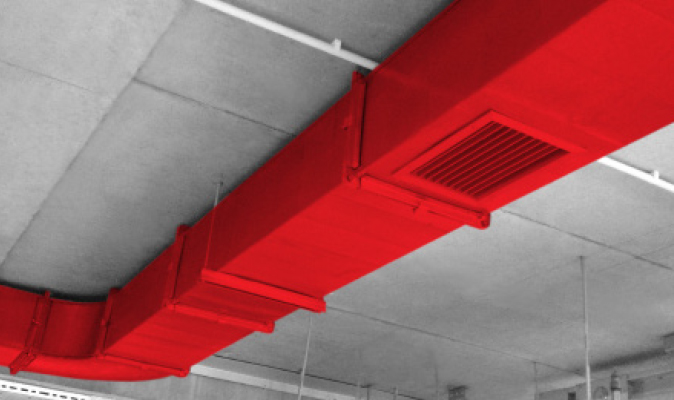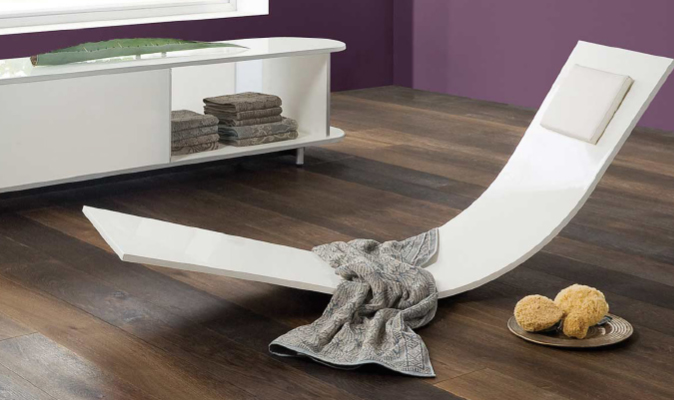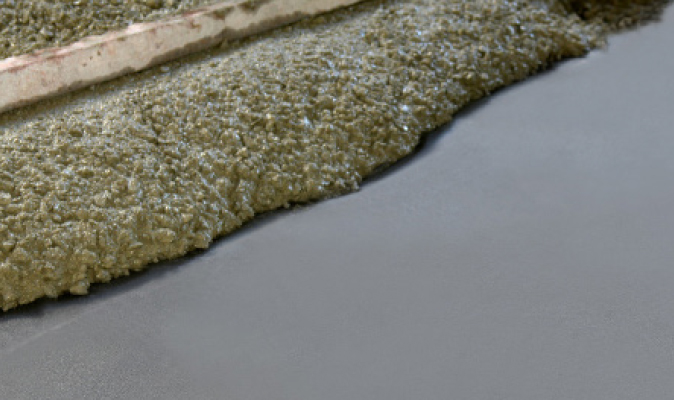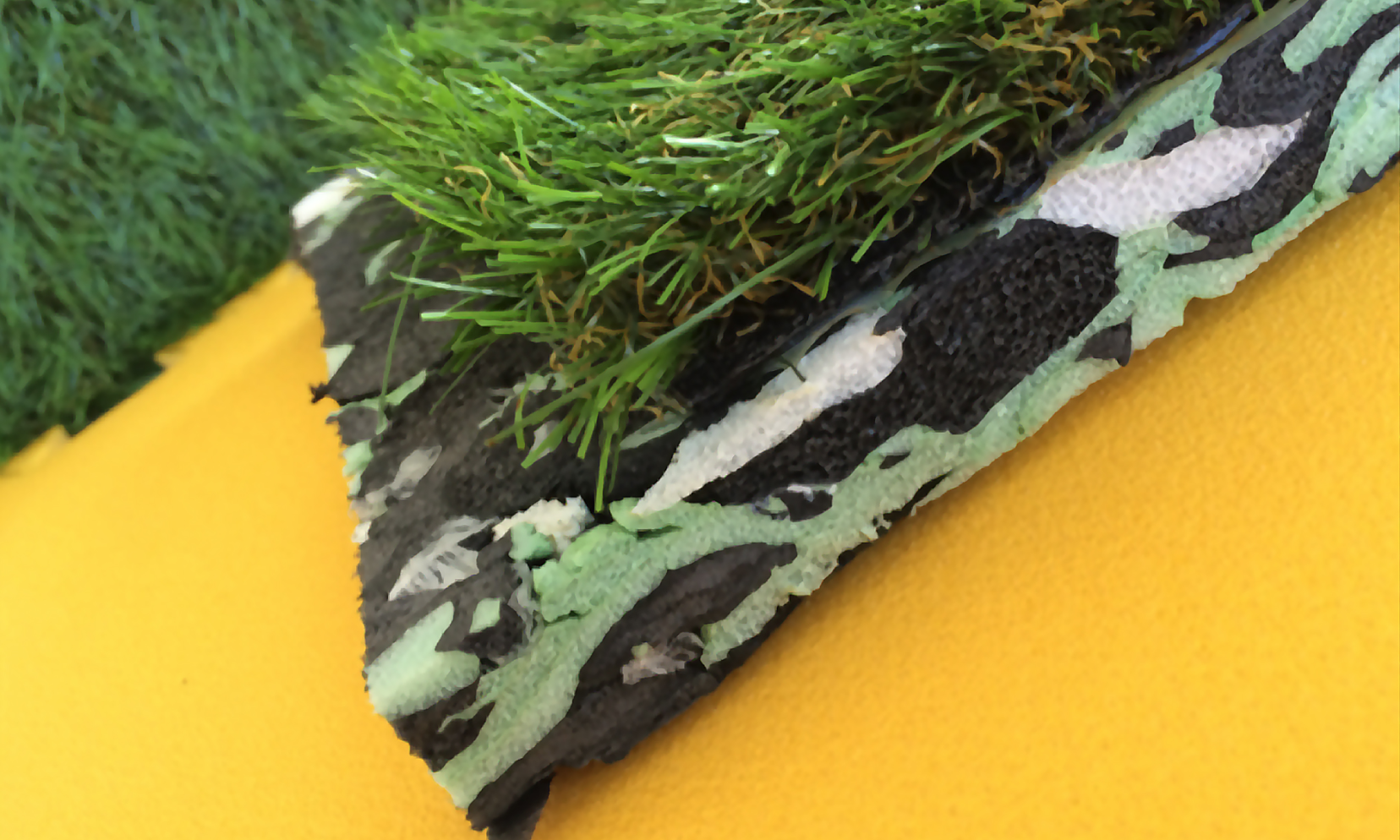What is polyethylene?
There is more polyethylene produced in the world than any other commercial polymers. Because polyethylene materials are a part of everyone’s daily life. Even though in the beginning it was only used for the production of isolation cables - today polyethylene is used in every industry because of its stability, versatility, and its limitless application potential.
Polyethylene, can be transformed into daily goods easily according to other polymers. (packaging, tube, toy, etc. ). For example many products we buy while shopping are covered with polyethylene. When we finish shopping, the things we buy are put into bags made of polyethylene.
Aside from the packaging industry, polyethylene's' insulation and durability enable its intense usage in the production of electric and electronic goods , in automotive, goods and machine parts production and as it is light and durable, cable, pipe and fuel tank production as it is durable for chemical substances.
Polyethylene production
Polyethylene is a thermoplastic polymer derived from oil. Ethylene monomer that is produced with the heating of crude oil (cracking) is converted into polyethylene using the polymerization method. According to the polymerization method that is used the polyethylene type will vary.
Literally, Polyethylene means "a lot of ethylene". The invisible ethylene molecules are the building blocks of polyethylene at production. If we had the chance to look at the inner structure of the material during this process, the thing we would see would be the ethylene, or the building blocks, coming together as stringed beads. When this process is completed a branched structure emerges.
Two basic types: LDPE-HDPE
Polyethylene is generally divided into two main classes. Low-Density Polyethylene (LDPE) and High-Density polyethylene (HDPE).
Low-density polyethylene is synthesized with a radical chain curing method and a multi-molecular branching according to high-density polyethylene. These branching's gives some features to LDPE. It is very difficult to form crystal structure in the polymers when high branching is seen. That's why LPDE has lower crystallinity compared to HDPE.
The other change caused by branching is lowered density. While the density of LDPE is between 0,91 - 0,93 g/cm3, the density of HDPE is between 0,94 - 0,96 g/cm3.
Radical polymerization and coordination polymerization methods are used when we look at the high density polyethylene production. During the production process there is high crystallization as molecular branching is not visible.
Main features - density and liquidity.
During production, it is possible to have more rigid or more flexible polyethylene. This depends on the density of the material and the melted liquidity. Density and liquidity characteristics differ depending on the pressure applied during production process.
If the applied pressure is low, high-density material is obtained. Because ethylene molecules, under low pressure, come together closely by forming a solid and sturdy construction.
But if the applied pressure is high the material that is obtained has low-density. Because while ethylene molecules come together, they form side branches. This causes the production of a low density polyethylene.
The density of the produced polyethylene also changes the "melt flow index" of the product. As high-density materials are more rigid due to their molecular structures, they have a slower and more difficult flow while being melted. The low density materials are softer due to the side branches in their molecular structures, and they have an easier and faster flow while melted.
Polyethylene Processing Techniques
Polyethylene can be formed by using various methods. One of the leading plastic processing techniques is the extrusion method which with plastic granule or dust placed inside a hot or cold bowl, with melting and compressing with a screwed carrier pulled from a nozzle extrusion method. The processing technique with the extrusion method is put into practice by using an extruder.
An extruder is a processing machine that consists of different parts. The material is supplied to a cyto that is heated by hopper; it heats up and softens there; with an infinite screw system it is homogenized and pressed into a mold that is connected to extruder output. Extruders have differing systems like different heat zones, heat control panels, filters or strainers. After the melted plastic is pressed into the mold, it gets cold and hard. Once cooled the mold is opened and the material is removed. During the molding process there is no chemical reaction. Molds use various and different technologies depending on the object that is going to be produced.
Injection molding is one of the plastic processing techniques used for many years. Many complex shaped materials that we use in our daily lives are produced by using this method. In the injection molding method, plastic material is pressed into a mold with high pressure. Molds use various and different technologies depending on the material that is going to be produced.
Blow molding is a plastic processing technique that is used in the production of empty center materials. Toys, fuel tanks, bottles, cans and plastic cans are some of the materials that are produced by using this method. The blow molding method is based on two main principles. First, by using a plastic mold containing a pre-shaped part. Second, until the pre-shaped part cools down, compressed gas (air) is given and the blowing process is completed.
Rotational molding is a plastic processing technique used in the production of mixed and single piece large materials. This method is based on shaping through centrifugal force that is acquired by turning the plastic material at a high speed and in rotating it on different axis.
Other process methods for polyethylene materials are thermoforming (shaping with heat), film and foam production.
What is Polymer-based Foam?
It is produced with extrusion technologies on polyethylene foam basis. Foam is generated through a gas that is melted in polyethylene. Firstly it begins dissolving and mixing, secondly enlargement of the gas occurs in many small bubbles or cells and as a result cooling the enlarged polyethylene and finally forming of the last foam.
It can be shaped in semi-final products such as foams, tubes, profiles, plated and blocks. Expansion results in a significant decrease of polyethylene density. The specific density of LDPE that is used as a raw material for these kinds of foams is 920 kg/m3. On the other side the average density of polyethylene foam is 30 kg/m3. This weight reduction is obtained with 30 times enlargement of polyethylene. But weight is not the only thing that is changed in the foam process. The new features that polyethylene gained during foam production, is responsible collectively for the applications of this material.
To compete across the world with the plastic processing industry, it is necessary to minimize material costs with innovations and developments in the production process and to put new and improved products into market. Polymeric foams are included with materials that can respond to the demand with low density and low production costs. Polymer foams are produced with the expansion of foam makers that are gas or liquid transformed into volatile gas and surrounded with dense polymer matrix. They are defined as gas gap materials. Polymer foams are usually composed of a minimum of two phases. The first of these is the solid polymeric matrix, and the other is the gas phase that is obtained by foam maker. The gaps inside the polymer lower the density of the material and help to use fewer raw materials.
And this makes a significant decrease in the product price. Besides it is possible to control the gap rate inside polymer material and adjust polymer density and polymer foams are produced at different specifications and can be used at different areas. Due to these benefits, the usage areas of polymer foams and consumption quantities increased rapidly since 1940 when it is first started to be used for commercial production.
With traditional materials and compared to the non-cellular polymers feature with lower density, material-saving, superior resistance / weight ratio, price sufficiency, high heat and sound isolation, shock resistance, toughness, fatigue life, thermal stability, polymeric foams are used in furniture industry, transportation, bedding, carpet-flooring pads, packaging, textile, toys, cap, sports applications, insulation applications. An increase in the interest to polymer and polymer foams has resulted because of their weight saving for automotive parts and their aiding in reduced fuel consumption.
Polymer bond types
The chains in this structure are connected to each other with covalent bond. There is a frequent connection between additional atoms or molecules with the chains. Polyethylene is at this form.
What is Cross-Linked Polyethylene.
Linear polyethylene consists of long hydrocarbon chain. The chains are not connected to each other because it is a linear polymer but there is a particular interaction due to the wrapping of the long chains to each other and on their own. This chain wrap (entanglement) interaction is the most important parameter that gives the resistance to polyethylene.
In the areas that have crystal structure there are (weak) forces between the molecules. This simple linear polymer gives a tough and flexible material with a pretty good stress and impact strength. But the crystal structure of the polyethylene that is removed at high temperatures cause melting, the interaction between the molecules cause labefaction and start to obtain a soft material.
The reason that helped cross-linked polyethylene to enter the plastic industry was to have a low resistance at high temperatures and loss of mechanical resistance when non-softening polyethylene resin while heated.
With forming cross links between polyethylene chains, polyethylene molecular network is obtained that shows elastomer behavior. In general there are 3 main synthesis methods: Engels-Azo chemical cross-linking, Silan chemical cross-linking (Sioplas process) and exposure and cross-linking.
The most important benefits of cross-linked polyethylene and advanced physically features are pressure resistance at high temperatures, environmental stress cracking, chemical resistance, oxidation resistance, low temperature resistance, long resistance at high temperature, gas penetration resistance and high insulation. It is used as a high-performance engineering material thanks to all of these advanced physical features


